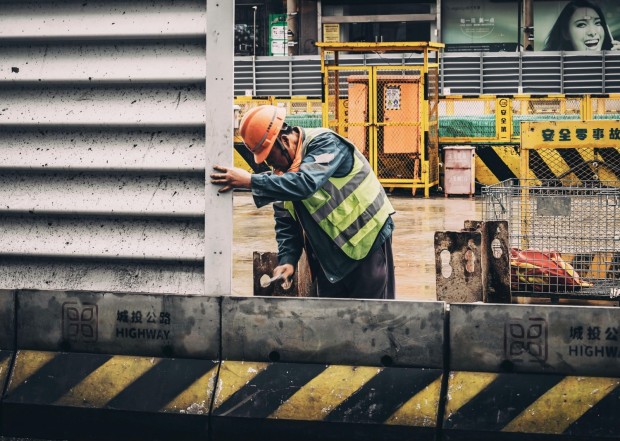The construction industry in Japan is experiencing a scarcity of employees, and to solve this issue, more stringent labor restrictions are being enacted. These actions are intended to enhance working conditions and make the sector more appealing to individuals interested in working in the industry.
Stricter Regulation in Japan

(Photo : Pexels/Pexels User)
Several construction projects have been impacted by significant labor shortages arising due to the stricter overtime laws, sometimes called the' 2024 problem.' These shortages have caused delays in certain instances.
With artisans like carpenters and on-site supervisors included, the total number of construction workers in 2023 was 4.83 million. This shows a decline of more than 2 million from a peak of 6.85 million workers in 1997.
Consequently, personnel shortages have been worse since April this year, when a 720-hour annual overtime cap was put in place. Passing knowledge and expertise to younger generations gets more challenging as the population ages. Therefore, with staffing shortages becoming increasingly acute due to harsher overtime laws adopted in April, the government has recommended that the construction industry take additional steps to enhance labor conditions and secure workers.
Aside from fighting for salary hikes, the administration is also pushing for the complete implementation of a five-day workweek. A further crackdown on building periods that are too short is another measure that the government intends to take.
In Japanese, the 'three Ks' of an unsatisfactory job are kitsui (hard), kitanai (dirty), and kiken (dangerous), and these actions are intended to improve the working conditions in an industry.
Also Read: Valladolid Revives Housing Developments In Response to Government Credit Initiatives
Worldwide Labor Shortages in the Construction Industry
The labor supply and demand gap has had many effects on building enterprises, including shorter project times and reduced production levels. Nevertheless, leaders in the building sector and government stakeholders acknowledge the possible long-term solution to the continuous labor shortages afflicting the market by introducing digital technology, including automation and robots, and modular and off-site manufacturing techniques.
Furthermore, 500,000 extra people are estimated to be required outside of the current employment rates to meet the industry demand in 2024. The building industry sorely needs qualified experts in carpentry, electrical work, heating, ventilation, air conditioning (HVAC), and other building works. As projects grow, this lack of specialized labor is getting more and more difficult. Thus, the aging staff aggravates this problem even further.
Over the next two years, most states in the United States anticipate an average age attrition of 24.5% among construction laborers. Accordingly, almost one-quarter of American construction workers are thought to be over 55, and a good number of them are either at or very near retirement.
On the other hand, the Chartered Institute of Buildings in the United Kingdom calculated that the proportion of construction workers aged 60 and over is rising faster than that of any other age group. These younger people entering the business need to be more experienced, at least to begin with, making the situation even more challenging.
Related Article: Toyota's Futuristic $10 Billion 'Living Laboratory' City in Japan Nears Completion







